After giving up the job search in Medellin I made my way to Bogota to search in the bigger market. There I met Catalina and her family and was thrown head first into the novena period before Christmas. For 9 days before, and including, Christmas Eve, people go from house to house of their friends and relatives to hear a novena – the Christmas story. The prayers and songs are festive and mostly the same in every house and every night; but one night is not enough for Colombians because families here are huge and circles of friends are even bigger, and so to ensure that everyone spends some time with all of the hundreds of people they are closest to, we get 9 days of Novenas. And of course 9 days of gorging oneself upon tasty seasonal treats.
Some novenas get wilder than others. It all starts with the prayers and the stories and the songs and psalms from the bible, but then transforms into general Christmas medleys and dancing and drinking and all of a sudden it’s just another party. Latinos have a religious festival for everything, and I mean everything: every saint, every miracle, the beginning of lent, the end of lent, the middle of lent, this virgin, another virgin, the original virgin… and every one is an excuse to get pissed. Tequila, beer, mescal, fernet, aguardiente, rum, whiskey, chicha… it all flows freely and to the point that most don’t remember which saints day of circumcision they are supposed to be celebrating. And the more indigenous the people, the drunker they get – not only because they generally consume more, which is true, but from what I have gathered, having spent time with dozens of indigenous groups, they may be devout Catholics, but they aren’t happy about it. The songs of their fathers still reverberate in their veins. You can see it in the architecture, nothing is purely “colonial” or gothic or anything else European – every church has secrets of masks and figures of the old gods hidden in the pillars, in the painted ceilings, in the golden altars. You can see angels and cherubs with high cheek bones, darker skin, longer hair. You see Jesus eating what looks more like rice and beans than bread and fish. The celebrations and processions are also a mix of the indigenous, be it Mayan, Zapotec, Inca or Mexica, and the Christian – from the costumes to the dances to the figures and icons themselves. In every holiday there is a little rebellion, a little hate, a little reminder of what was and what was taken from them by cruel force and disease. But looking at it all from a distance they are extremely devout and religious, as most poor people are. The indoctrination was not a failure, only that it left a residual hatred which now manifests itself in mostly subtle ways.
Colombia is a country which stands less indigenous than others. Other than the remnants of African slaves who mostly occupy the coastal areas, and a few indigenous groups in the mountains and jungle, the majority of the country is very white. Like El Salvador and Costa Rica before, Colombian conquistadors did a thorough job eradicating the native populations. Who did not die by the sword, in the mines, or from disease, were properly raped until only a faint caramel in their skin bespoke of ancestry that was not Spanish. And it all continues to this day as FARC takes more and more land to grow coca, and kills anyone who stands in the way. The government is also pretty good about making sure that deforestation keeps the remaining natives on the move and with fewer and fewer options but to convert to the church of jeans, TV and McDonalds.
However I felt none of this animosity, contrarily, I encountered many selfless people who used the holiday not as an excuse to drink, but as an excuse to do more, to give more, to love more.
A few days before Christmas I was walking around Bogota with my camera, looking for I did not know what, until I spotted a large group of people waiting outside a building. Bogota is not a warm place in the winter, and it had been raining for as long as I could remember, but there they were, in various degrees of dress, just waiting. Lines are not uncommon in Latin America, but there was something about this group which drew me in. I approached a few people, said my hello, and began asking for what they were waiting. Because all of these people were from the poorest classes I had a hard time understanding their Spanish, but I did manage to get something about presents, a novena and some food. I knocked at the door where most were gathered and was squeezed inside and the door quickly shut behind. I began asking the young man who let me in what it was all about, and he was good enough to offer to take me on a tour. I had stumbled upon a man, really, who used his old familial house as a refuge of learning for the children of drug addicts. He, and a few private donors, fund this entire endeavor with no help from the government. Hundreds of children make it through those doors at some point during each year, and all are welcomed, all have a safe space, classes, snacks, and love. During the Christmas season the foundation puts on a Novena play for all to see, and provides food and drink and free presents to all those who come. Some are infants, others late into their teens. Those who have been there the longest now help out, like the young man who ushered me in and showed me around. I met the man himself – a quiet gentleman in his late 70’s. We spoke of Russia and communism, of his efforts to improve the lives of children and give them a fighting chance in spite of their parent’s best efforts to consume all hope through needles and pipes. We spoke of the independence of his work and lack of government support, but most of all of the children and the hope he still has. I spent a beautiful hour with this giant mass of people, those who have entered and those still waiting outside, and captured some of the most moving photos from my journey.
My ever present wish to somehow do more was granted to me by Catalina who invited me to go with her to Villa de Leyva to hand out gifts to the poor children from the country side.
5a.m: The cobble stone streets are empty and peaceful, save for the Christmas carols bouncing off the whitewashed walls of perfectly preserved colonial houses. There is no other sound; the birds have not yet started their call of morning glory, people are still warm and tucked in their beds. I approach the main square – a giant space with a fountain in the middle, surrounded on all sides by the same buildings as the rest of the town, with a simple, but large, church dominating one side. The sound of the carols is coming from speakers placed high in the belfry, and it spreads throughout Villa De Leyva, one reverberation, one wall, one stone at a time. What was at first a hint of children’s voices is now a veritable din, punctuated with the occasional bell and firework.
The town lies in the middle of Colombia, in the countryside through which Bolivar passed during his campaign to Liberate Colombia and Venezuela. It looks so idyllic, so peaceful, so stable, and yet beyond the vacation homes and artist retreats lie thousands of acres farmed by people who cannot buy their children Christmas presents. So Catalina, three of her friends, a nun and a monk, and myself, set out to remedy the situation. The first night we went to St. Martin, a community about an hour from Villa de Leyva. We brought the snacks and gifts into the towns meeting hall, which was little more than a barn with some benches around the perimeter. The monk told the story of Christmas, candles were lit, prayers were murmured, the nun ensured the more restless kids kept their seats. Mostly mothers, and a few fathers, sat around with the infants, quietly listening and quietly singing along. There was a moment of silence, when the adobe walls and faces were only lit by the candles flickering in the interminable draft, in which the world shrunk to just that little room, and in the stillness the kid’s faces reflected the entire story of their plight, their hopes, and resignations. It was peaceful and sad and beautiful all at once.
The following day almost 300 children and parents came for the novena at the foundation Ciudad de Dios – a convent, orphanage and home for the elderly. Kids from Villa de Leyva put on a short but lovely nativity play, the traditional songs were sung, prayers chanted… then everyone received gifts and snacks. Not all the kids said thank you (or so it seemed), few were very glad to receive the gifts. Granted they were not stupendous, but most were nice and age appropriate. Still, not as many smiles as one would hope to see. Generally I have found that regardless of how poor the kids are, if they are Latino, they are pretty happy. Guatemala was an exception, and now it seems this too was an exception to the rule. It makes me think of what is really important during this holiday. Is it the gifts? Doesn’t seem like it. Is it the singing and praying? For some yes, but for just as many, no. Are they missing a parent? Are they missing friends from school? Do they feel so acutely their poverty? Why the sadness? On some faces it was so profound that I was taken aback – expressions of calm despair on young children, none of whom should have lost anyone to the war or displacement (the area is very safe)… why did I not talk to the girl who looked so sad waiting for a sibling to receive a gift? It would not have cost me anything, only that I don’t like to intrude on people’s lives, especially when they seem so profoundly sad.
But I still can’t get her face out of my mind – just like the girl in Orizaba making animal figures out of palm leaves on the street. I fall in love with them instantly: the one from Orizaba, Betzaida at the orphanage in Guatemala, this girl… I don’t know what it is, but the love boils up into my throat until I have to choke down the tears. I want to adopt them, I want to take them out of their hell so that their faces never again have to wear those expressions. I want them to dress comfortably, eat good food, study, read books, to know their worth and capacity, to go out with men (eventually) who know how to treat a lady. As much as I doubt having children of my own, there is not a moments doubt about wanting them to be my daughters. Years have passed since these moments and I can still see their faces, my heart still burns from my ineptitude and gypsy life which makes adoption impossible, and a sick misery creeps over me as I think of what their lives must have been like to have brought such expressions to their angelic faces and whether anything at all has changed hence.
Regardless of the pain, volunteering has always been the best part of my journey, and this was no exception. The incredible kindness that I saw in people, the difficulties that children did not give up on, the gratitude and happiness that were still prevalent… those days will remain in my fondest memories from the entire journey.
Adventure Log
- 01. 08-08-11 Introduction
- 02. Motivation:Why I Chose to Ride
- 03. 08-10-11 First Days
- 04. 08-11-11 Kindness
- 05. 8-21-11 Canada: The Ride, Part I
- 06. 9-1-11 Canada: The Ride, Part II
- 07. 9-2-11Adventures in Glacier:Parts I-II
- 08. 9-3-11 Adventures in Glacier: Part III
- 09.9-4-11AdventuresInGlacier:Part IV-V
- 10. 9-5-11: Losing My Sense of Urgency
- 11. 10-08-11 USA: The Ride – Part I
- 12. 10-10-11 USA: The Ride – Part II
- 13. 11-11-11 Concluding North America
- 14. 09-28-12: S. America Packing List
- 15. 10-01-12: Mexico – First Days
- 16. 10-16-12: Baja Riding
- 17. 10-27-12: From Desert to Sea
- 18. 11-2-12: Dia de los Muertos
- 19. 11-15-12: An Explosion of Art
- 20. 12-1-12: Calm in Guanajuato
- 21. 1-1-13: Climbing Pico de Orizaba, I
- 22. 1-2-13: Climbing Pico de Orizaba, II
- 23. 1-10-13: No Room at the Synagogue
- 24. 1-15-13: Mexico City
- 25.Less Glorious Realities of MCY Travel
- 26. Temazcal: A Journey Within
- 27. 2-1-13: Churches
- 28. Heartbreak in Orizaba
- 29. Veracruz: Endless Fiesta
- 30. 2-20-13: Oaxaca – Contrasts
- 31. 2-24-13: Oaxaca – On the Edge
- 32. 2-26-13: Oaxaca – Another World
- 33. 3-1-13: Sickness and Paradise
- 34. 3-10-13: Chiapas – Zapatista Land
- 35. 3-15-13: Chiapas – Relics
- 36. 3-21-13: End of the Line
- 37. 3-27-13: Belize – An Oversight
- 38.4-1-13:Guatemala-Sweat/Blood/Books
- 39. 4-10-13: 200km in 8 Hours
- 40. 4-21-13: Love and Loss
- 41. 5-5-13: The Crash
- 42. 5-15-13: Guatemala – Perspectives
- 43. 5-30-13: War and Farming
- 44. 6-15-13: El Salvador
- 45. 7-1-13: Honduras – Love or Death
- 46. Scent of a Woman
- 47. 8-1-13: Nicaragua/Costa Rica
- 48. 11-1-13: Life on the High Seas
- 49. The Crash – Peru
- 50. Counting Blessings
- 51. 11-20-13: Colombia – First Steps
- 52. 12-1-13: Down to Fumes
- 53. 12-25-13: Christmas Colombia Style
- 54. 12-31-13: Adventures in Cocuy
- 55. 01-01-14: Ups and Downs
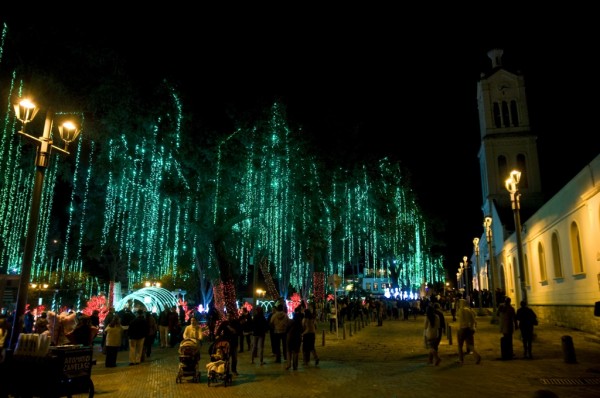
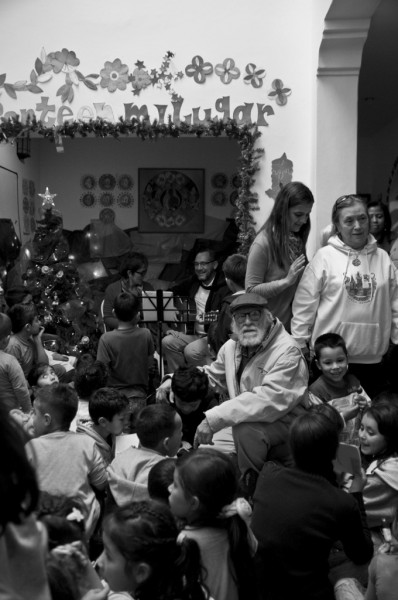

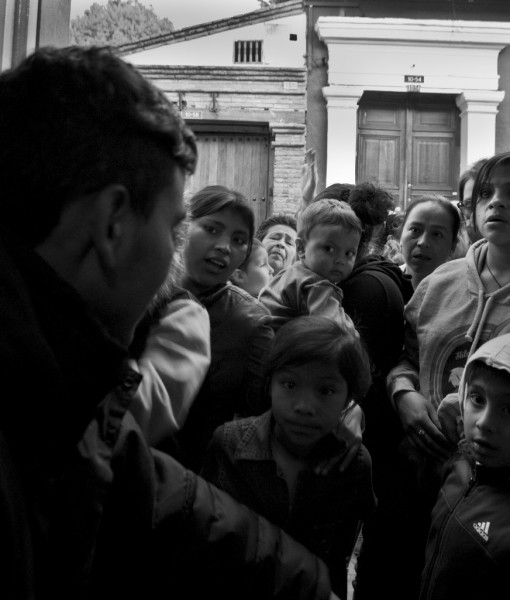
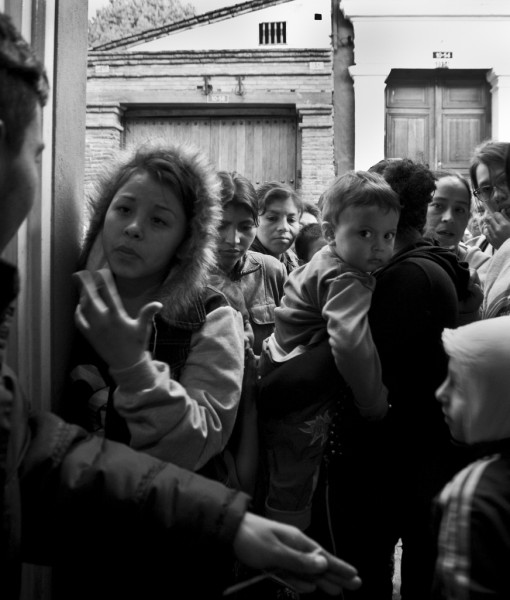
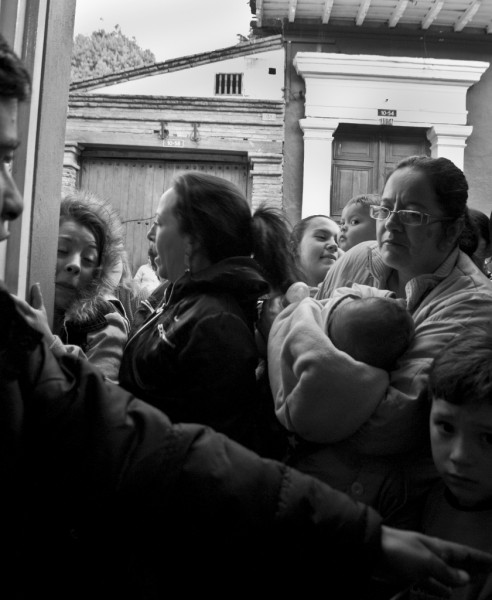
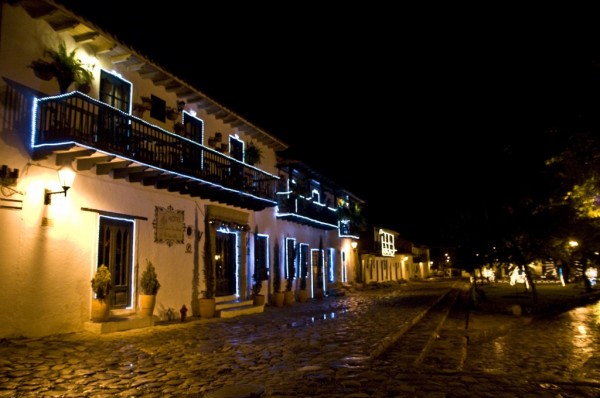
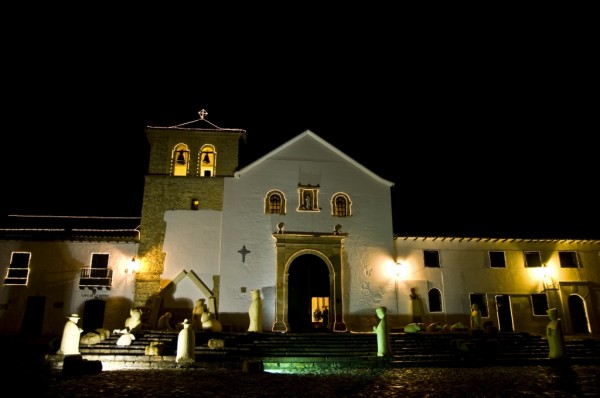
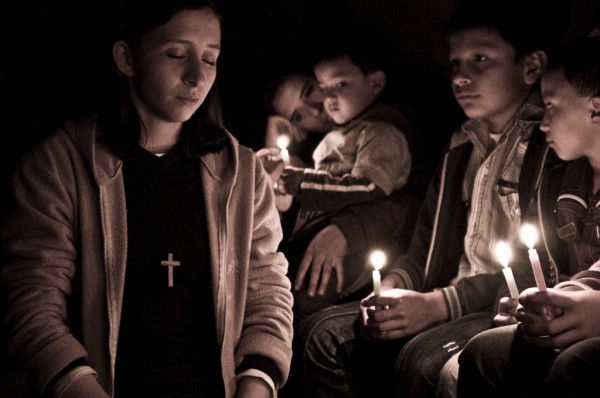
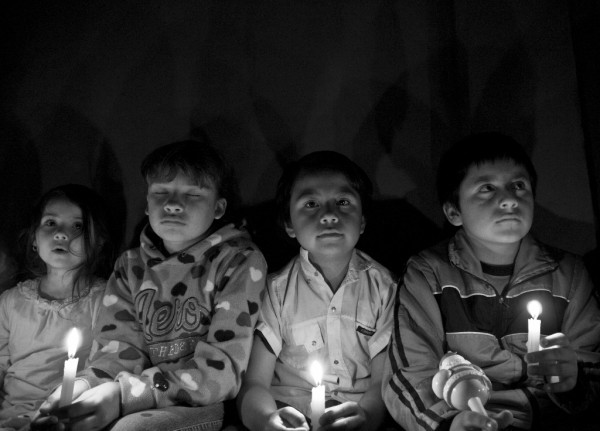
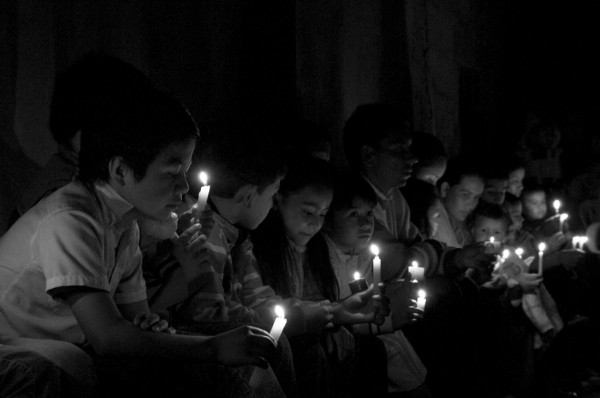
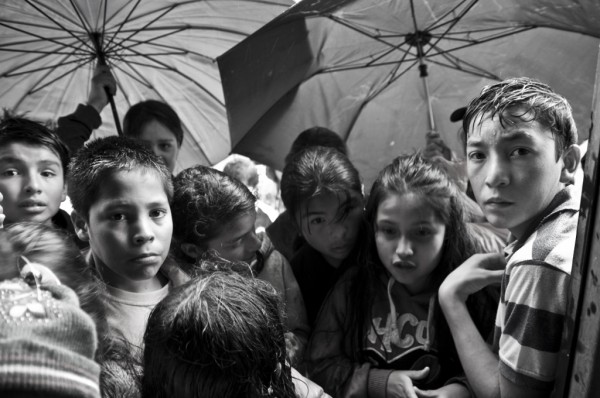
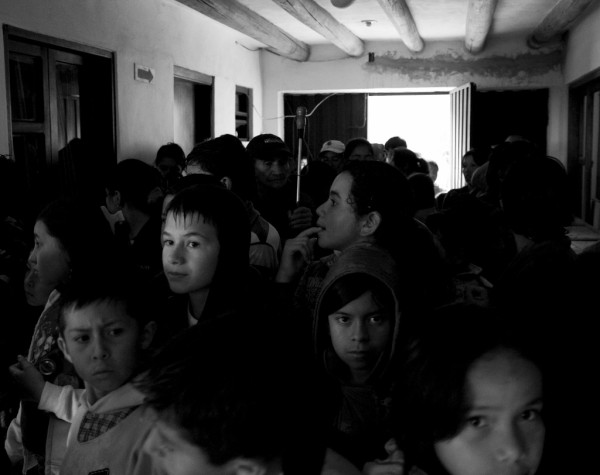
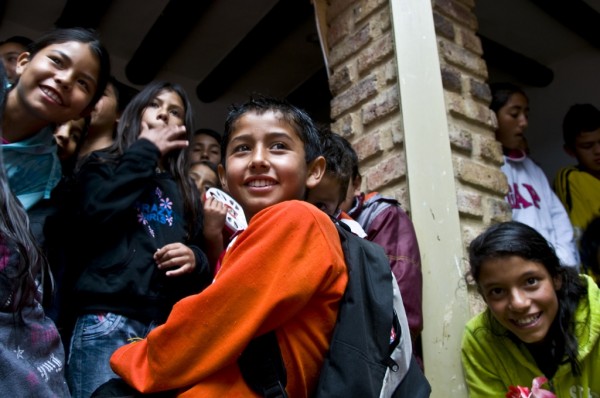
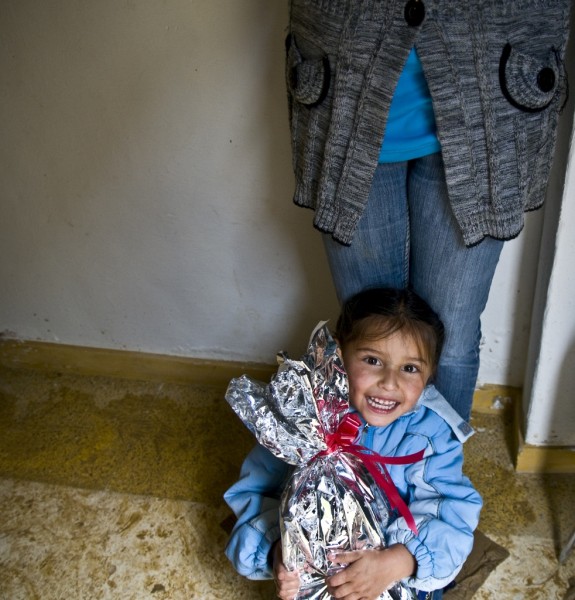
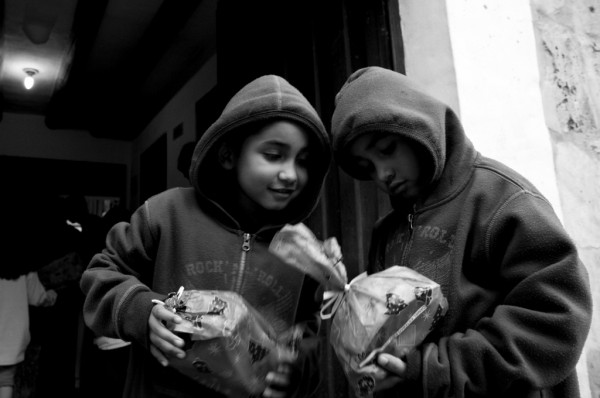
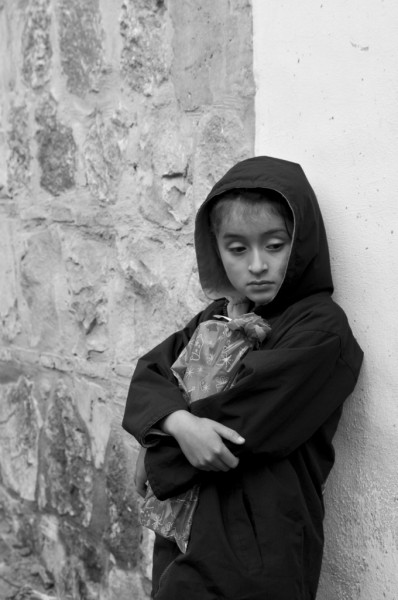
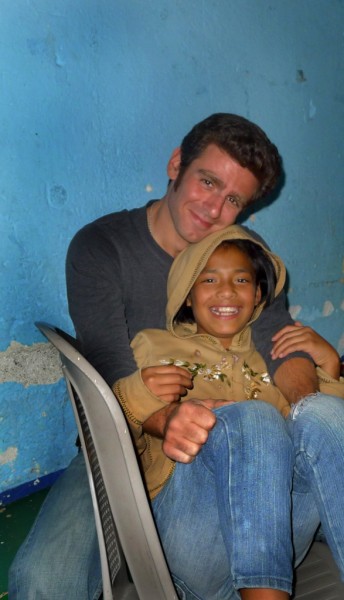
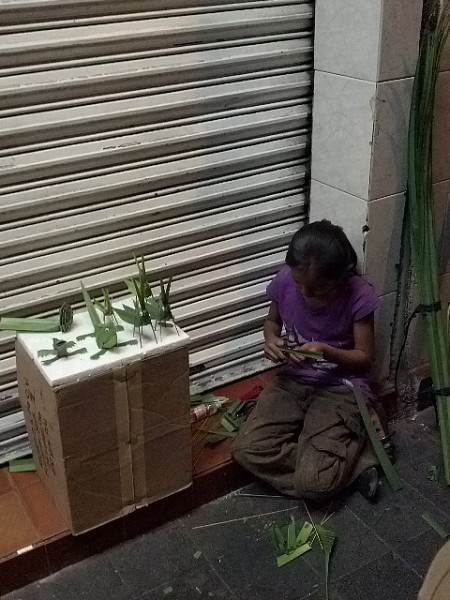
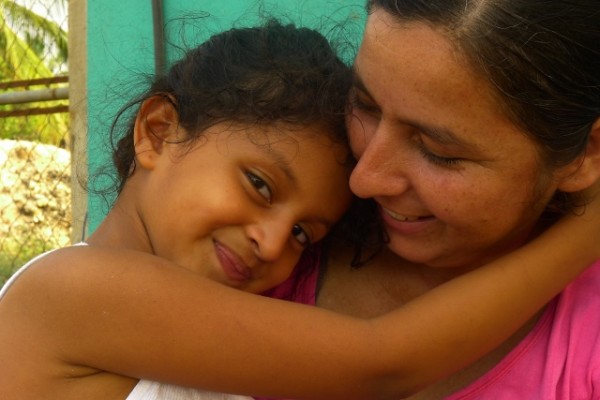
Alex,
Reading your posts about Colombia were so beautiful and it made me cry. the realism of your story was captivating to say the least. Thank you for sharing your honest journey. That picture of you and that child was beautiful.
Take care,
Hillary